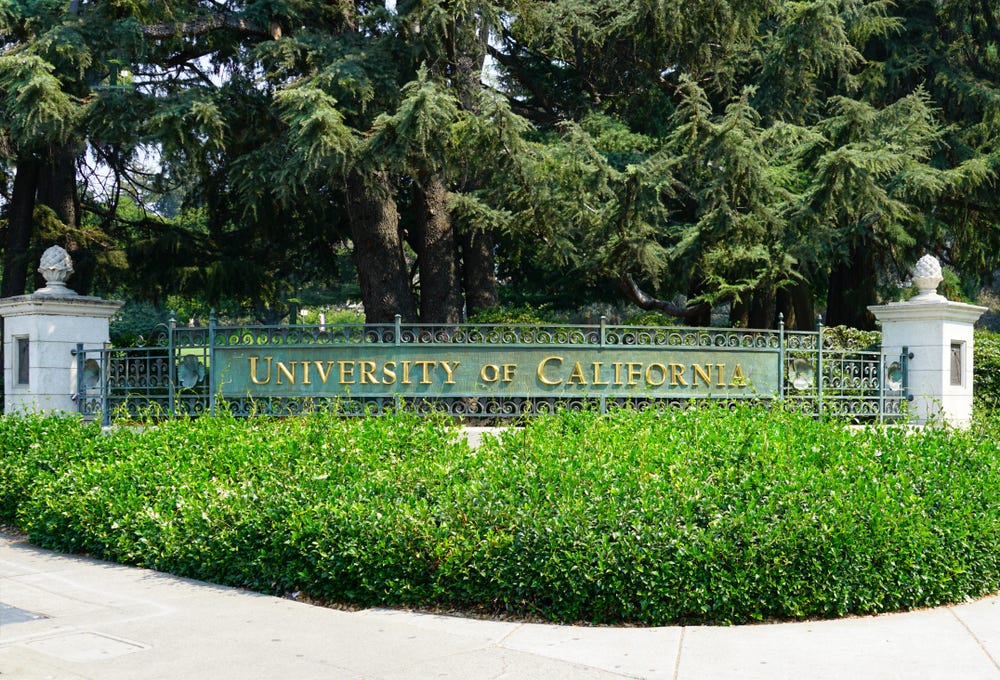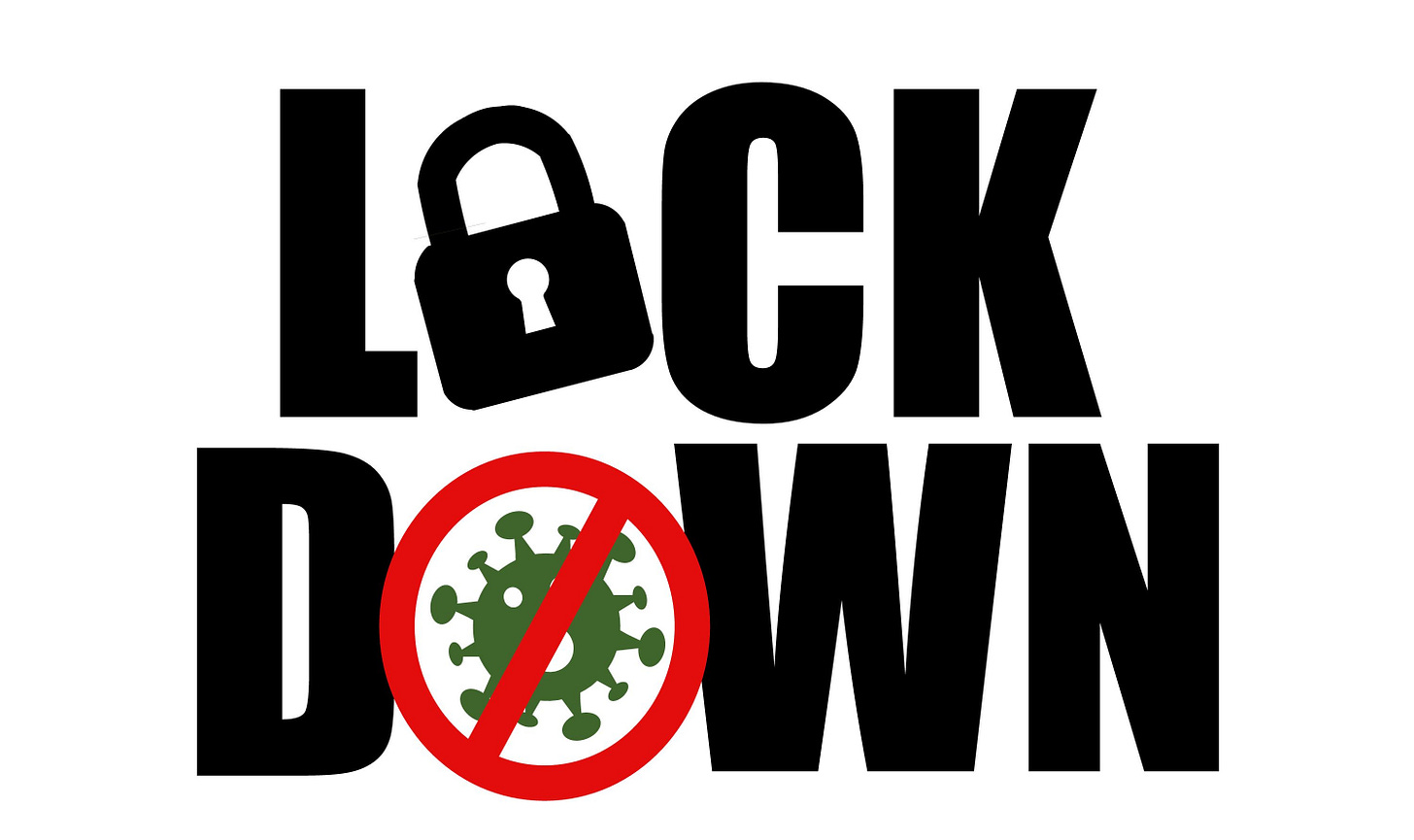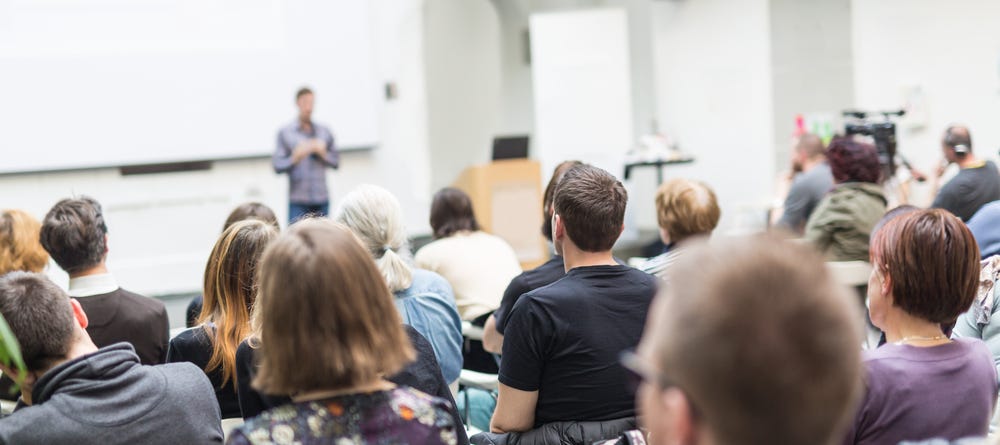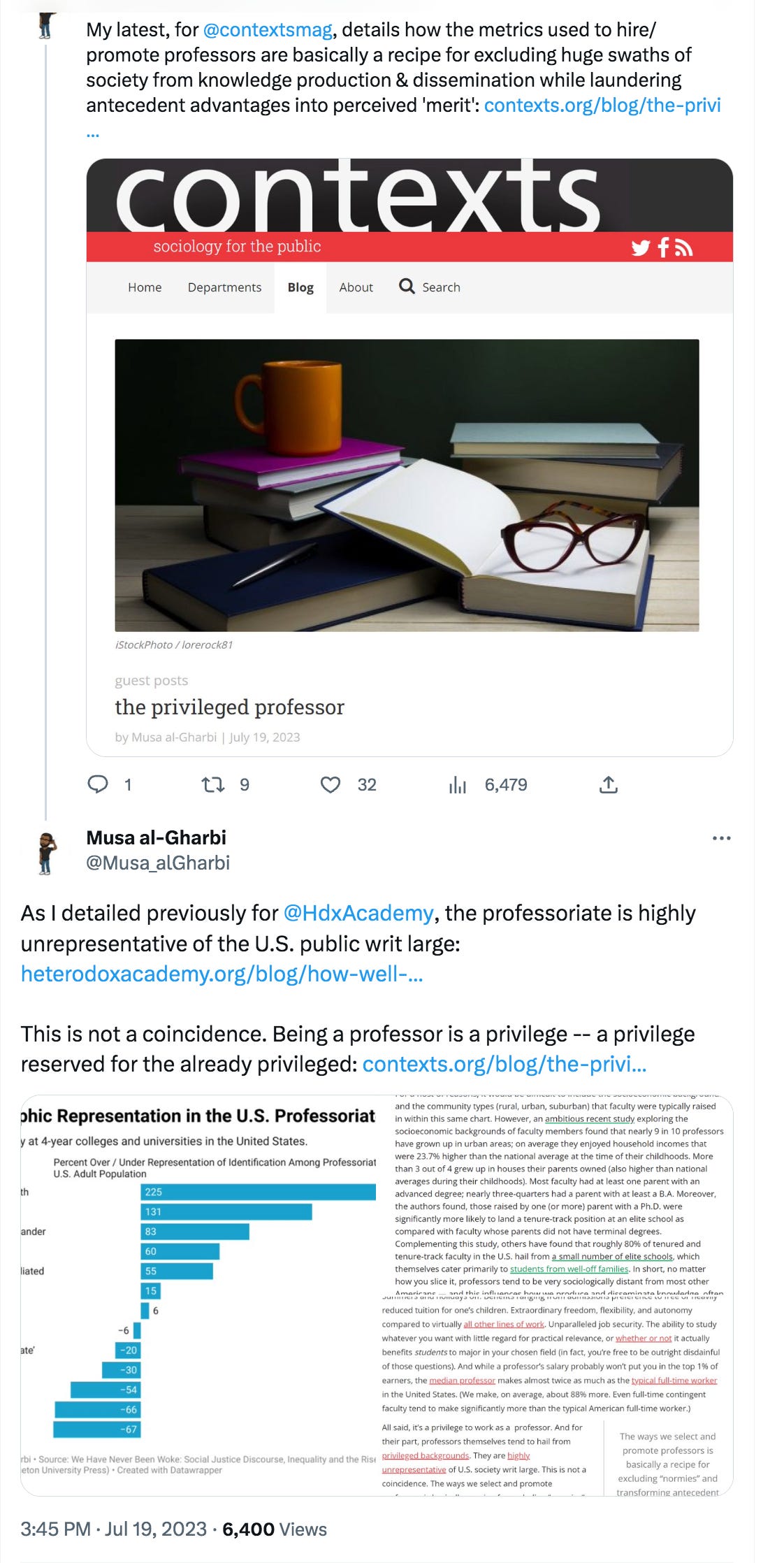E-Pluribus | July 20, 2023
The University of California, where diversity of thought goes to DEI; how "public health" trumps freedom; and encouraging classically liberal educators.
A round-up of the latest and best writing and musings on the rise of illiberalism in the public discourse:
Wilson Freeman: For University of California Faculty, It’s DEI or Die
There’s a reason advocates settled on “diversity, equity, and inclusion” (DEI) and not “diversity, inclusion, and equity” (DIE). Wilson Freeman, however, writes at National Review that for potential faculty at the University of California, the latter acronym might be more appropriate.
[I]n the University of California system, nearly every applicant for a faculty job must pass a political litmus test and effectively state their allegiance to “diversity, equity, and inclusion” (DEI) to be considered. This litmus test takes the form of a mandatory DEI statement, which vets every aspiring academic — from engineers to psychologists — on their views about issues such as affirmative action, racial affinity groups, and equity versus equality.
[ . . . ]
And as the UC system has discovered, DEI statements are an effective tool for racially balancing faculty, and it is open about this. In 2017, the University Office of the President explained that although “Proposition 209 eliminated some of the tools that UC had previously employed to achieve diversity in its faculty,” the university could use DEI statements to “increase[e] the presence of underrepresented minorities (African-American, Chicano, (a)/Latino (a)/Hispanic, and Native American) and women in its faculty.” The university’s experiments showed that an aggressive DEI statement policy that considers a candidate’s views on DEI before even looking at their qualifications could increase minority hiring as much as tenfold.
UC’s own DEI statement data indicate that its use of required DEI statements reliably filters out white and Asian applicants, which the university wants. A study at UC Berkeley boasted that using a restrictive DEI rubric and a DEI statement screening strategy on certain faculty positions significantly reduced the proportion of white and Asian applicants who passed through to the shortlist for consideration. Indeed, since the university began aggressively demanding DEI statements in faculty applications, Asian and white hiring has fallen, while black and Hispanic hiring has skyrocketed.
Whether for racial discrimination or to drive out dissenters from the DEI orthodoxy, DEI statement requirements are a terrible development for academic hiring. The university is essentially creating an ideological monoculture and putting racial and ethnic balancing ahead of actual diversity in “values and worldviews” that the university policy uses to justify its DEI policy.
Read the whole thing.
Carl J. Schramm: Lock Them Down
Although small government advocates have warned for decades of the creeping authoritarianism inherent in government involvement in public health, the pandemic has made the dangers clearer than ever. Carl J. Schramm writes at City Journal how public health officials used their positions to impose restrictions on citizens outside of the legislative process and pressured much of the media to go along.
From virtually the beginning of the pandemic, the federal government adopted a “take no prisoners” strategy on controlling information about Covid. When Francis Collins, then head of the National Institutes of Health, and Anthony Fauci, chief Covid advisor to Presidents Trump and Biden, found their mistaken belief that everyone was equally susceptible to Covid challenged, they set out to silence dissent.
[ . . . ]
The unchecked tactics of public-health officials have become an increasing threat to Americans’ individual freedom. Seemingly high on their power to disrupt the nation’s civic life, these officials have ignored restraints meant to prevent government from abusing our constitutional freedoms. Writing in an immigration case last May, Justice Neil Gorsuch observed, “Since March 2020, we have experienced the greatest intrusion on civil liberties in the peacetime history of this country.” In two cases, the Supreme Court rejected the CDC’s attempt to impose a nationwide eviction moratorium, supposedly necessary to fight the pandemic, and a federal attempt to mandate Covid vaccinations for employees of large businesses.
Reflecting on how the government used the Covid crisis to expand its powers, Gorsuch noted that officials “issued emergency decrees on a breathtaking scale” and imposed “lockdown orders forcing people to remain in their homes.” Gorsuch observed that the government had closed churches and surveilled their parking lots, gathering license plate numbers and threatening congregants with criminal penalties, all while allowing politically favored businesses like casinos to remain open. In moments of extreme threats like the pandemic, Gorsuch wrote, many citizens need “only a nudge” before they will accede to the loss of cherished civil liberties, including the right “to worship freely, to debate public policy without censorship, to gather with friends and family, or simply to leave our homes.”
Read it all.
Jon Murphy: The Education of a Classically Liberal Educator
Concerns over what college students are being taught should be accompanied by a focus on who the teacher is and how they approach their responsibilities. Jon Murphy for the James G. Martin Center for Academic Renewal in North Carolina exhorts classically liberal educators not to despair but rather to recognize and encourage positive trends in higher education by passing along their love for knowledge and free and open debate to a new generation.
Much has been written about an illiberal turn in higher education. It seems one cannot open a trade paper or blog without reading stories about a tenured, well-respected professor getting in trouble or fired for making politically incorrect statements. Classical liberals have much to be concerned about.
But I wish to share some reasons for optimism from my relatively short career and to discuss the actions that have allowed me to thrive in higher education.
[ . . . ]
How can I be optimistic? There certainly are causes for pessimism about the future of freedom of thought, education, and the press. During my job search, many schools required DEI statements. In some of my interviews, DEI was the focus of questions. In one interview, a DEI officer was present and taking notes during the interview. Such behavior is chilling and reflects a lack of attention by the institution to ensuring quality education and a focus, rather, on certain non-educational goals.
DEI, as instituted in many universities, is probably the single largest threat to liberal education in the U.S. right now. My point is not about DEI goals per se, but rather the methods universities are choosing to achieve those goals.
DEI is starting to retreat, though. Some places, like the University of North Carolina System, have banned mandatory DEI statements for professors and students. In other cases, DEI supporters have turned on one another. These types of movements have a habit of eating their own tails and killing themselves in the process.
[ . . . ]
[S]tudents treat extremism with the ridicule it deserves. It is said that the one sound the Devil cannot stand is laughter, and these kids know how to laugh. On the campus of Western Carolina University this past year, we had several political demonstrations that I witnessed. One, a recurring event in the South, was a “doom and gloom” preacher who came to campus to shout how we’re all going to Hell for various reasons. This particular individual shouted insults at students, too, trying to rile them up. But WCU students did not take the bait. Rather, they laughed and satirized him. They treated this protester as if he were doing stand-up comedy and heckled him off the stage.
Similar responses happened with left-wing groups, as well. A group trying to recruit students for the “Democratic Socialist” caucus of the local Democratic party was also beset by students laughing at and teasing them. What’s more, many of the same students were in both groups. Again, these are just my observations of a mid-sized university in western North Carolina, but I have heard similar stories from friends at other universities.
Read it all here.
Around Twitter
Here’s part of a thread from assistant professor Musa al-Gharbi of Stony Book University’s School of Communication and Journalism on how, even in an era focused on diversity and inclusion, privilege influences who ends up with professorships:
Via Steve McGuire, the English language continues to suffer through dark times a difficult moment.
And finally, the mayor of New York is trashing his own city to encourage asylum seekers to look elsewhere. The Statue of Liberty could not be reached for comment.











The irony of putting "University of California" next to "diversity of thought" in the article blurb.....